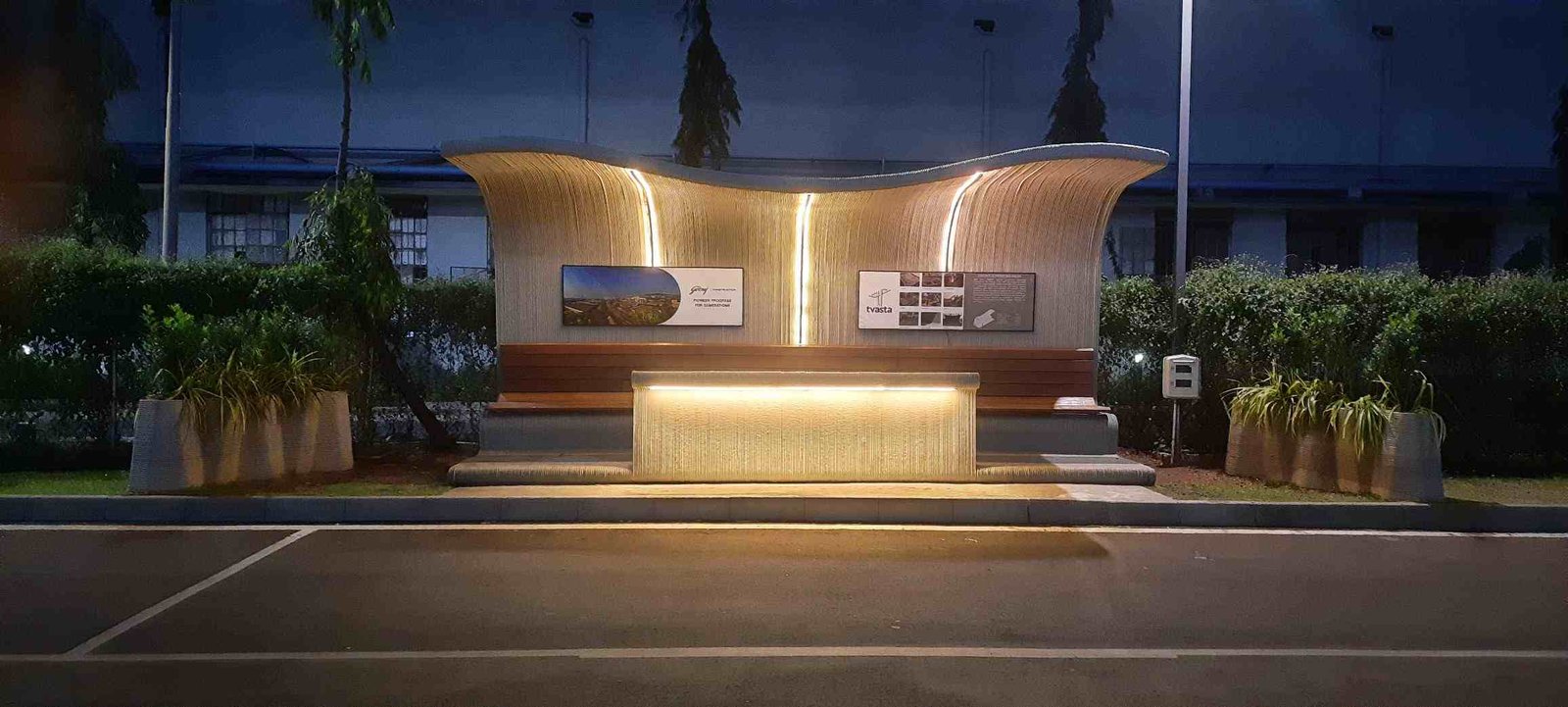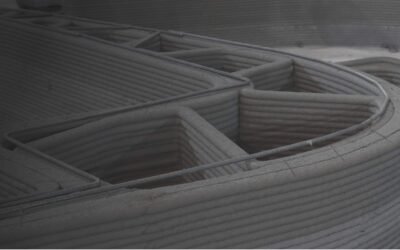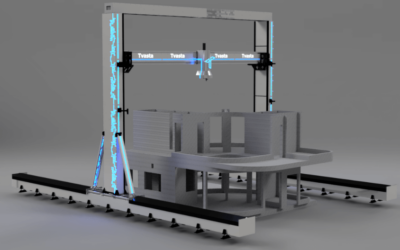While 3D construction printing offers numerous advantages, it also faces several challenges and limitations that need to be addressed for widespread adoption. Understanding these challenges is crucial for effectively implementing this technology in the construction industry. Here are some of the key challenges and limitations of 3D construction printing:
1. Material Selection and Quality:
- Challenge: The availability of high-quality 3D printable construction materials can be limited. Ensuring that materials meet structural and durability requirements is essential.
- Limitation: Material properties, such as strength and durability, may not always match those of traditional construction materials.
2. Design Complexity:
- Challenge: Designing complex 3D-printed structures requires expertise in both architecture and 3D printing technology.
- Limitation: In some cases, intricate designs may not be feasible due to technical constraints or cost considerations.
3. Regulatory Approval:
- Challenge: Regulatory bodies and building codes may not yet have comprehensive guidelines for 3D-printed structures, leading to challenges in obtaining necessary approvals.
- Limitation: Compliance with existing regulations may be difficult, hindering the adoption of 3D construction printing.
4. Quality Control:
- Challenge: Ensuring consistent quality and uniformity across 3D-printed structures can be challenging, especially for large-scale projects.
- Limitation: Variability in print quality and material properties may affect structural integrity.
5. Equipment and Technology Costs:
- Challenge: High initial costs for 3D printing equipment and technology may limit accessibility for smaller construction firms or in developing regions.
- Limitation: Cost constraints may prevent widespread adoption.
6. Scaling Up:
- Challenge: Scaling up 3D construction printing for large projects, such as skyscrapers, can be technically complex and logistically challenging.
- Limitation: The technology may not yet be practical for certain large-scale applications.
7. Workforce Training:
- Challenge: Construction workers and engineers need training to operate 3D printing equipment and manage 3D construction projects effectively.
- Limitation: A shortage of skilled personnel can hinder the adoption of the technology.
8. Maintenance and Repairs:
- Challenge: Maintenance and repairs of 3D printing equipment can be costly and time-consuming.
- Limitation: Downtime for repairs can disrupt construction projects.
9. Sustainability Concerns:
- Challenge: The environmental impact of construction materials used in 3D printing, as well as energy consumption during printing, is a concern.
- Limitation: Achieving sustainability goals may require further research and development.
It’s important to note that ongoing research and development efforts are addressing many of these challenges. As the technology matures and becomes more widespread, these limitations are expected to be overcome, paving the way for greater integration of 3D construction printing in the construction industry. Collaborative efforts between industry stakeholders, researchers, and regulatory bodies will play a vital role in addressing these challenges and expanding the capabilities of 3D construction printing.





